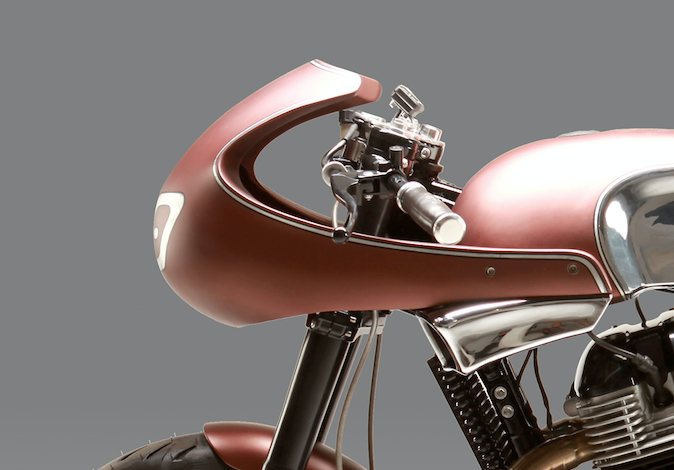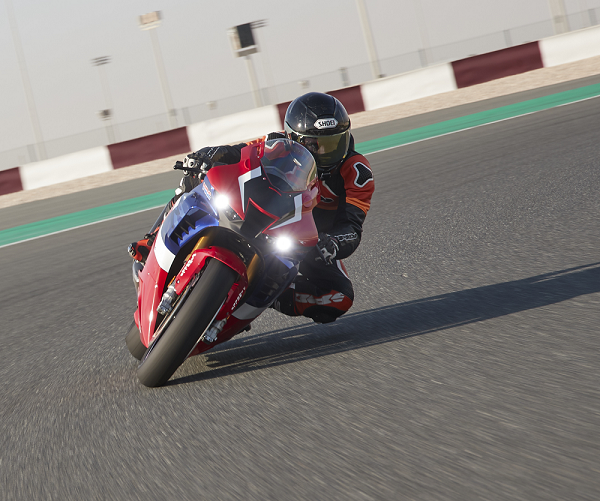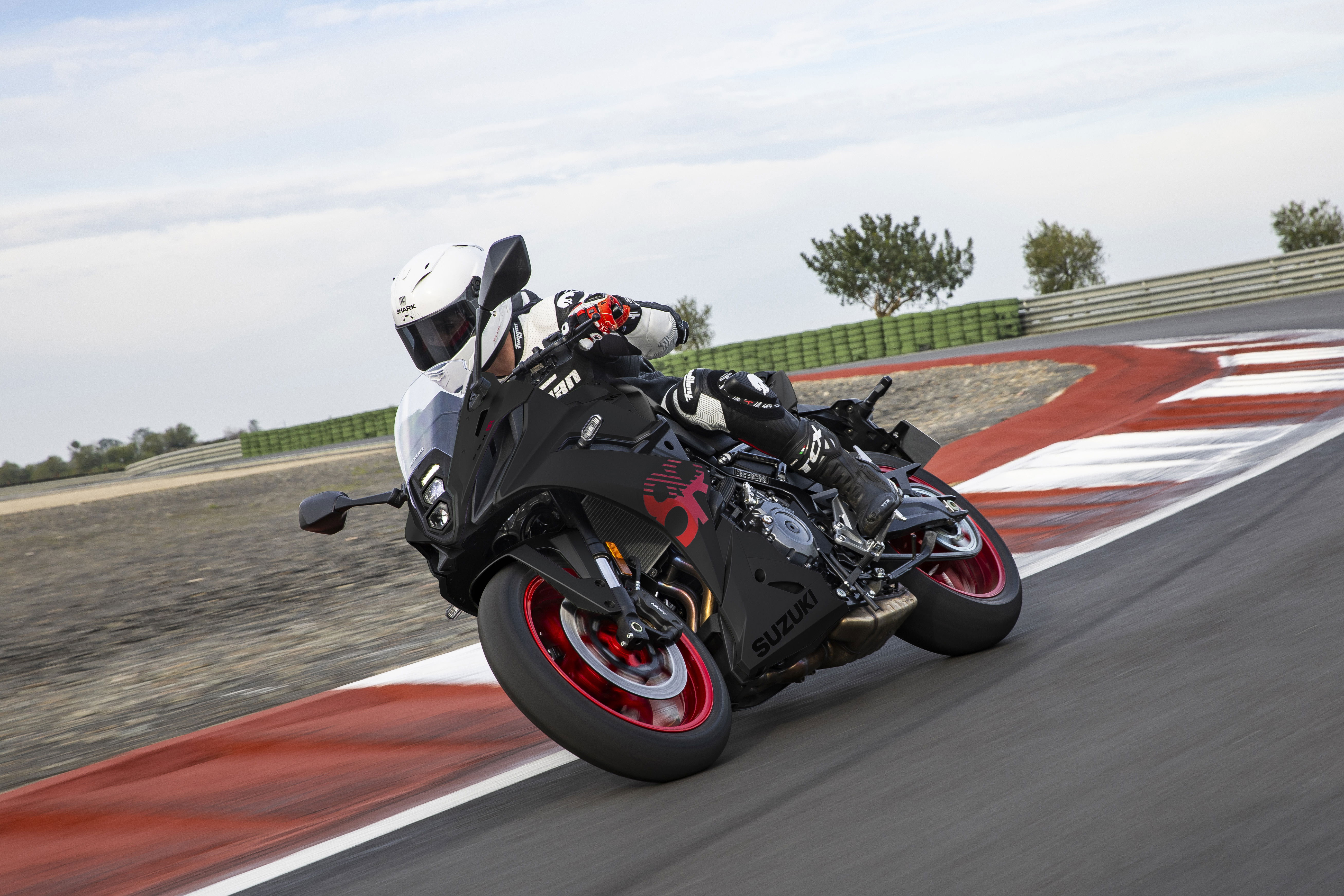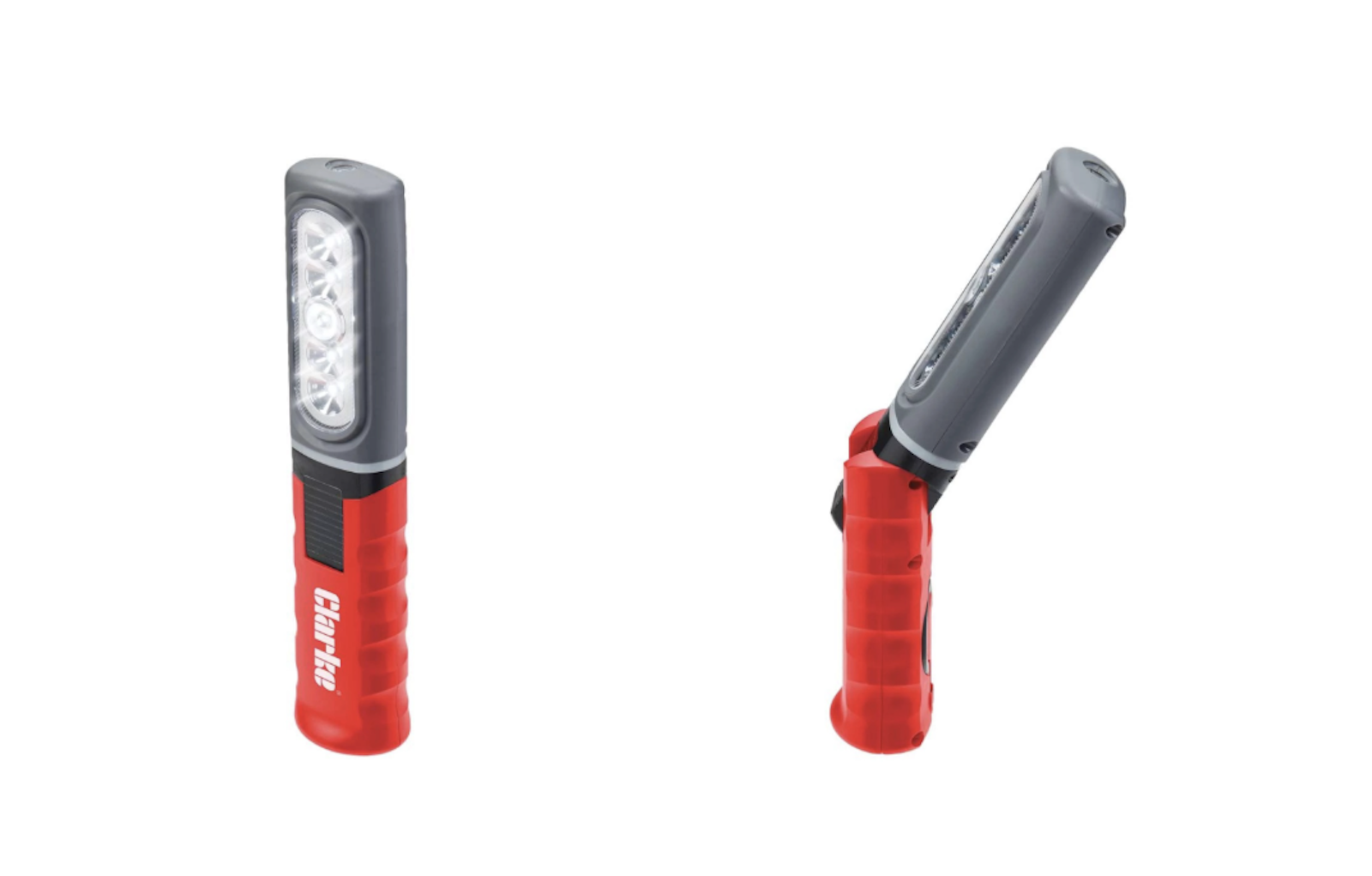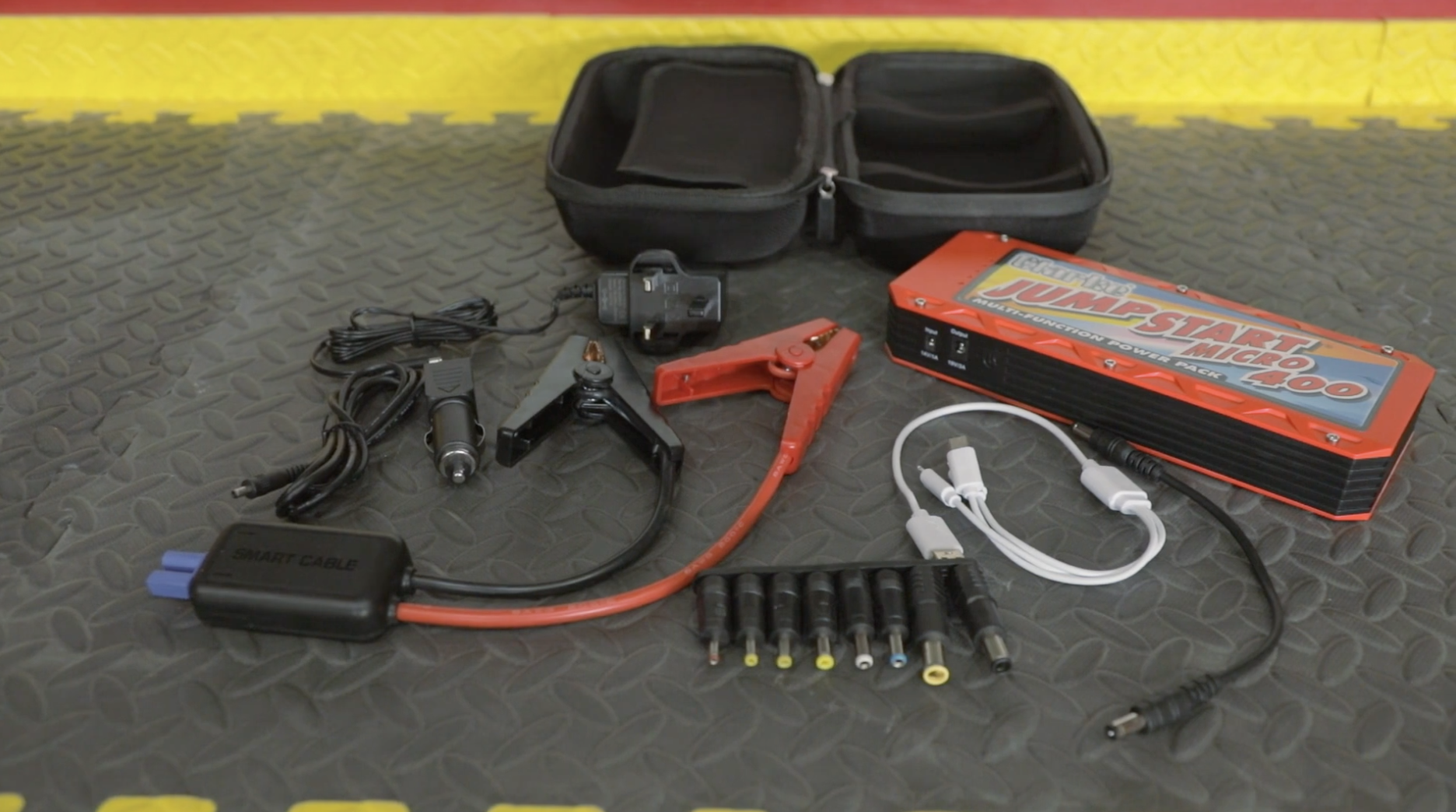Autobahn speed limits declined by German parliament
German politicians have voted against the idea of setting speed limits on the currently unrestricted sections of the Autobahn

German politicians have voted against a motion to impose speed limits on the sections of autobahn that remain unrestricted.
The move was brought about by the Greens Party, who were stating that the restrictions would help improve safety, emissions and (oddly) improving traffic flow. The Greens were not alone in wanting to set the new law in stone, as the deputy leader of the German Police Officers' Union, Michael Mertens, backed proposals to impose the speed restrictions.
Out of a total of 631 votes cast, 498 voted against the proposal to impose the speed limits. All members of the far-right AfD and the business-friendly FDP parties rejected the bill, and just two members from each of the centre-left Social Democrats and conservative parties voted for the proposal.
Germany is currently the only EU country that has such an open-minded view on motorway speed limits, with some sections of the German roads being completely unrestricted. That said, there are points where speed is strictly governed and monitored with speed cameras. Mostly this is around junctions and when the autobahn meets a built-up area.
What is the speed limit on the Autobahn?
On some sections, there are no speed limits. Although if you decide to test your vehicle's engine to the maximum, you are the one responsible for the fall-out if it all goes wrong. You are also supposed to be able to stop your car/bike/lorry in the distance that you can see in front of you. On a long straight road that’s fine, but as the road snakes around the Alps, the autobahn can have some corners that seem quite tight at 150mph. It’s best to proceed on these stretches with caution.
